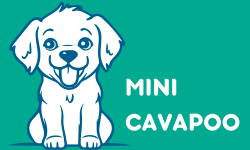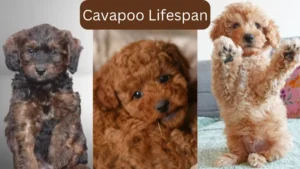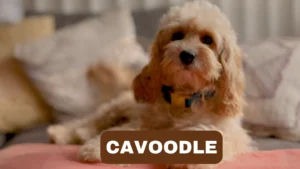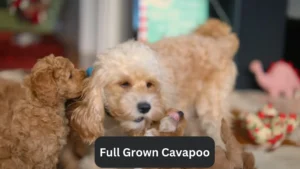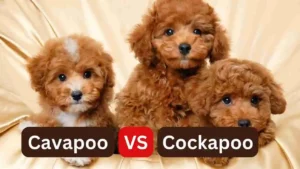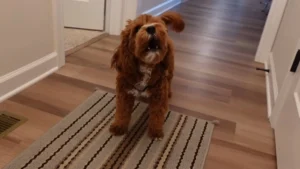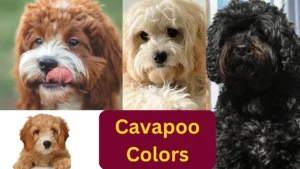F1b Cavapoo vs F1 Cavapoo: Generations Detailed Comparison
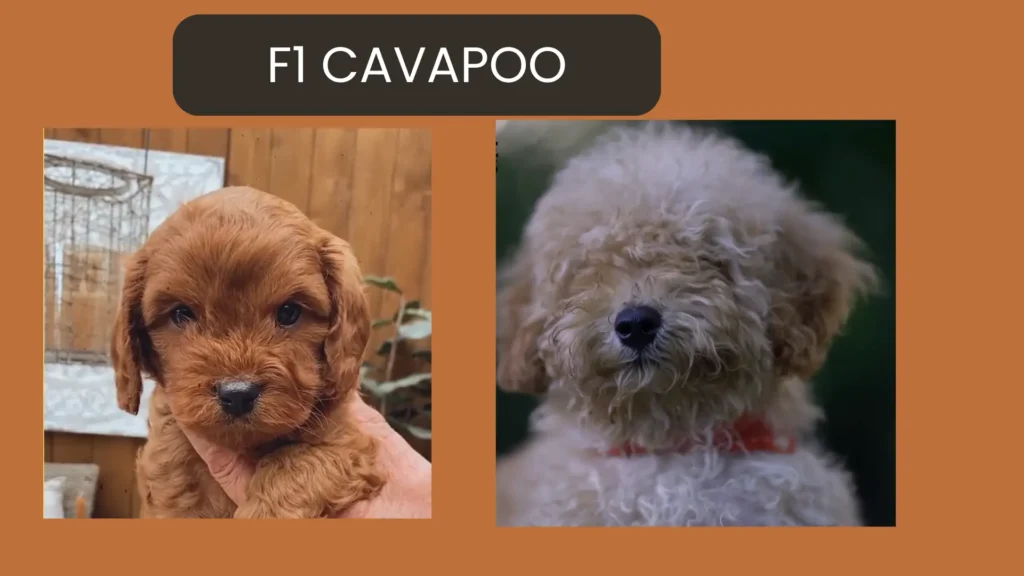
Introduction
I understand that you must have done a lot of research on your Cavapoo. You will know about their coat colors, temperaments, and many traits. Do you know about the generations of cavapoos? Yes, F1, F1B, and F2 refer to the generations of cavapoos. Comparing these generations confuses many dog lovers.
Many characteristics like size, color, and temperament have so much in common that distinguishing between them becomes challenging for a layman. If this is a new concept for you, don’t worry; I have written a comprehensive article. After reading it till the end, you will no longer face any confusion.
Basic Concept of F1, F1b, and F2 in Cavapoos
The labels F1, F1b, and F2 refer to Cavapoos and all crossbred dogs. They indicate the generation of a mixed-breed puppy resulting from particular crosses between different purebred parents.
An F1 Cavapoo, for example, is a first-generation cross between a purebred Cavalier King Charles Spaniel and a purebred Poodle. Subsequent generations, such as backcrossing an F1 with a purebred Poodle to achieve an F1b cavapoo puppy or breeding two F1 Cavapoos to produce an F2 litter, provide different blends of Cavalier and Poodle genes.
Please have a look on the table of breeds mixing percentages:
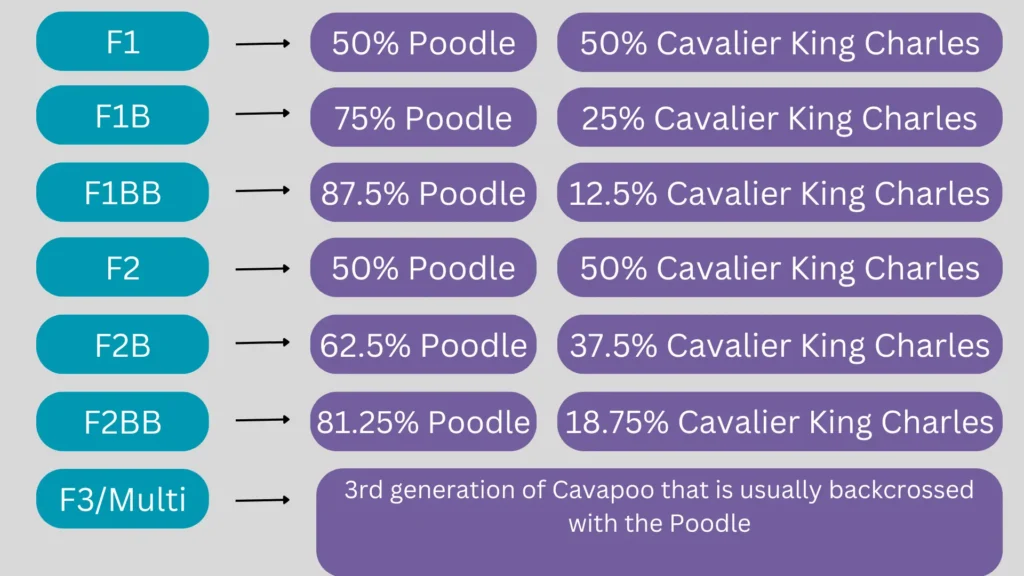
So, the F1, F1b, and F2 terminology describes the degree of purebred versus hybrid ancestry in a crossbreed.
F1b Cavapoo vs. F1 Cavapoo – Understand the Main Difference
The Cavapoo, also known as a Cavoodle, is a popular mixed-breed dog that crosses between a Cavalier King Charles Spaniel and a Poodle. This hybrid blend was bred to combine the best traits from each parent breeds. There are two main types of Cavapoos – the F1 and the F1b. Understanding these two generations’ differences is important in determining the best fit for a potential owner’s needs and lifestyle.
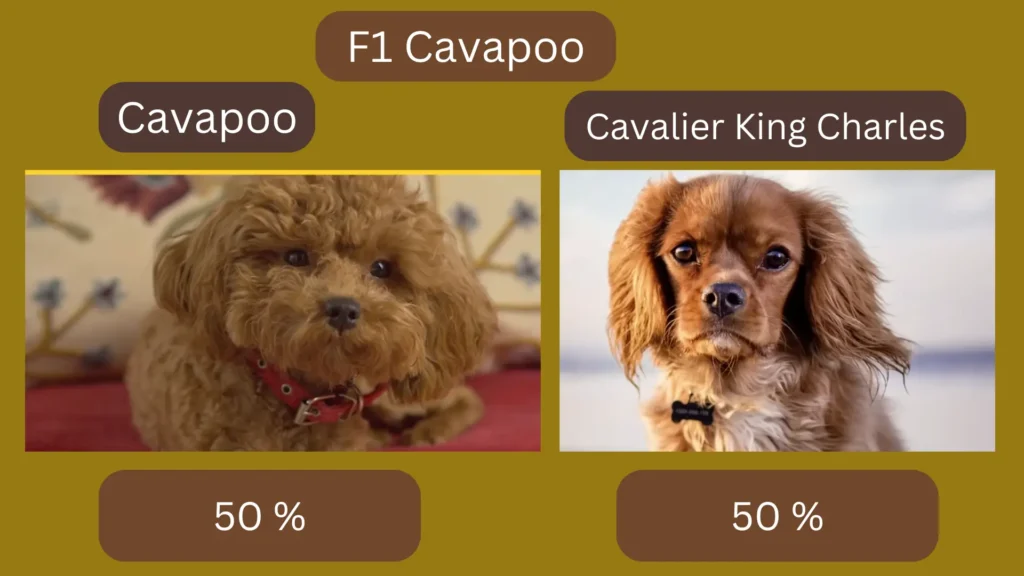
The F1 Cavapoo is a first-generation cross with one Cavalier Spaniel parent and one Poodle parent. This results in a Cavapoo that is 50% Cavalier and 50% Poodle genetically. The Cavapoo F1b is a backcross with one parent being an F1 Cavapoo and the other being a Poodle. This makes the F1b generation 75% Poodle and 25% Cavalier Spaniel. The higher percentage of Poodle genetics means the F1b is considered a multi-generational Cavapoo.
Both the F1 and F1b Cavapoos make wonderful family companion pets. But there are some notable differences between the two when deciding which generation might be the best option.
Coat and Shedding Differences
One of the most pronounced differences between the F1 and Cavapoo F1b is the coat type and amount of shedding.
The F1 Cavapoo generally has a medium-length, lightly wavy coat that falls between the Poodle and the Cavalier parent. The coat is low-to-moderate shedding. While the F1 sheds less than a Cavalier Spaniel, it tends to shed more than a purebred Poodle.
The F1b Cavapoo inherits a more Poodle-like coat that is very low-to-non shedding. The coat is usually quite curly and can vary from soft curls to tight corkscrew curls. This makes the F1b an excellent choice for those with dog allergies, as the coat traps dander rather than releasing it into the air. The curlier coat of the F1b also means it requires more regular grooming and clipping than the F1’s coat.
Regarding minimal shedding, the F1b generation has a clear advantage. For those looking for a truly low-shed, hypoallergenic family dog, the 75% Poodle genetics of the F1b make it the better choice.
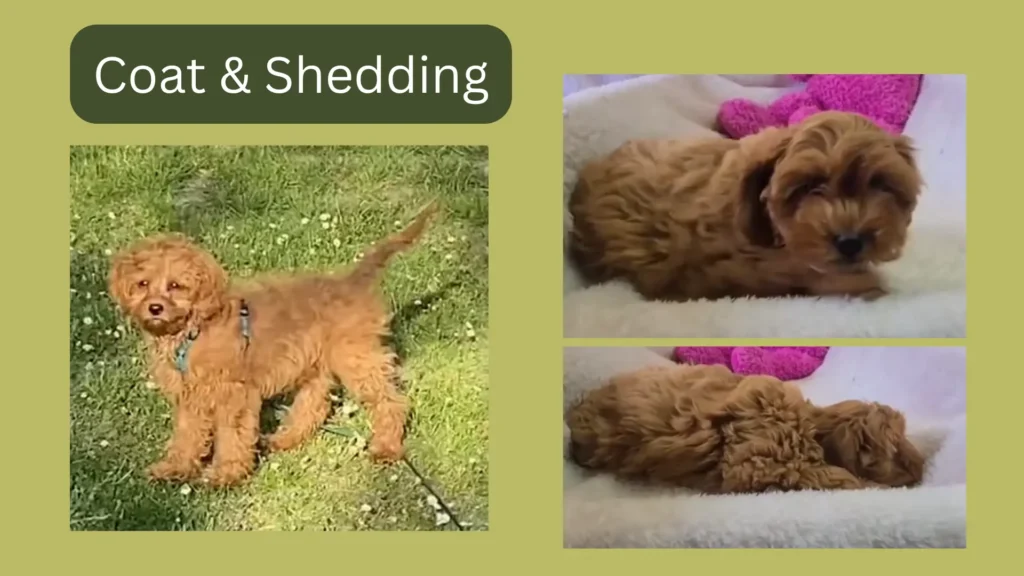
Size Differences Between Generations
In addition to coat differences, F1 and F1b Cavapoos can vary in size ranges, partially due to the influence of the Poodle parent.
F1 Cavapoos generally fall somewhere between 9 to 25 pounds when fully grown. Some F1s may be slightly smaller or larger, but this is the typical size bracket. The Cavalier Spaniel genes tend to keep their size more moderate.
The F1b, with more Poodle influence, is most often in the smaller range of 10 to 20 pounds as an adult dog. It is not unusual for some F1b’s to mature under 15 pounds. The Poodle genetics drive that smaller size variation in the F1b dogs.
Size Differences Between Generations
In addition to coat differences, F1 and F1b Cavapoos can vary in size ranges, partially due to the influence of the Poodle parent.
F1 Cavapoos generally fall somewhere between 9 to 25 pounds when fully grown. Some F1s may be slightly smaller or larger, but this is the typical size bracket. The Cavalier Spaniel genes tend to keep their size more moderate.
The F1b, with more Poodle influence, is most often in the smaller range of 10 to 20 pounds as an adult dog. It is not unusual for some F1b’s to mature under 15 pounds. The Poodle genetics drive that smaller size variation in the F1b dogs.
However, it is important to note that both generations can have significant diversity in size. The types of poodles used can also impact this, with toy or miniature poodle crosses resulting in smaller cavapoos than those crossed with standard poodles. Checking the parents’ sizes can give a good indication of the mature size of a Cavapoo puppy.
Temperament Differences
While the personalities of individual dogs will vary, some general trends in temperament differences can be seen between F1 and F1 Cavapoos.
The F1 generation, with a more equal balance of Cavalier and Poodle genes, tends to exhibit strong traits from both parent breeds. They often show the playfulness, loyalty, and people-pleasing nature of the Cavalier paired with the Poodle’s higher intelligence and moderate energy. They form very close bonds and aim to please their families.
The F1b Cavapoos, with greater Poodle influence, may be slightly more reserved initially compared to the outgoing friendliness of the F1s. But F1b’s are very smart, intuitive dogs that form strong attachments with their people. They can be highly trainable with consistent positive reinforcement methods. Some may inherit a touch more of the Poodle’s cautiousness around strangers. But socialization and training help build confidence in any Cavapoo.
Those looking for the most outgoing, social dog may do slightly better with the F1. But both generations make wonderful, active, and affectionate companion dogs when socialized properly.
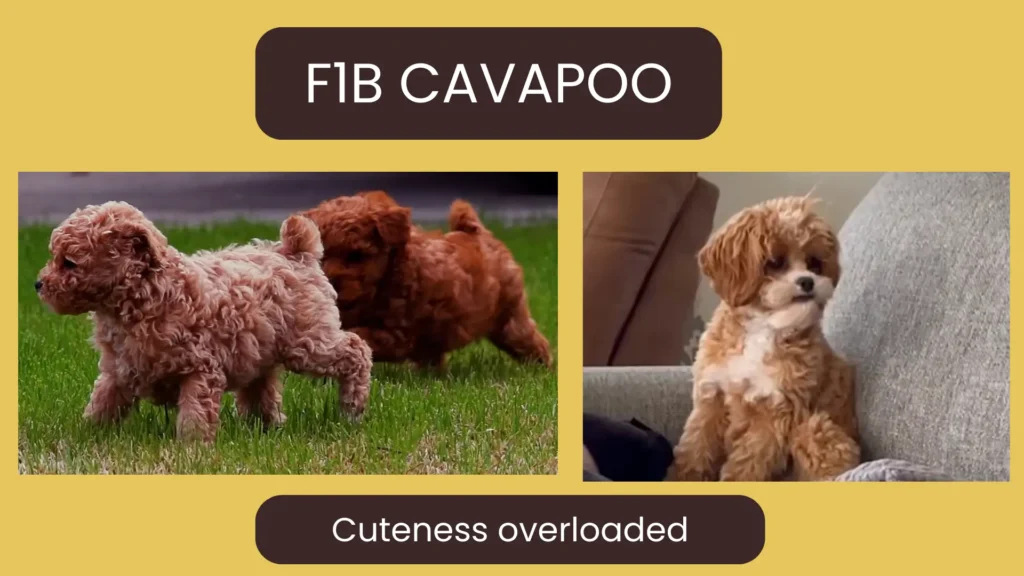
Potential Health Issues
Cavapoos are often touted as a relatively healthy hybrid, but they can still be prone to potential health issues from their parent breeds.
The Cavalier King Charles Spaniel is prone to heart conditions like mitral valve disease. They can also be prone to luxating patellas, hip dysplasia, eye issues, and neurological conditions.
From the Poodle side, Cavapoos may be susceptible to epilepsy or allergies. Poodles, especially toy and miniature, can also have kneecap issues and eye problems like cataracts or progressive retinal atrophy.
With the higher percentage of Poodle genetics, the F1b Cavapoos health issues have slightly lower risks of inheriting some Cavalier health conditions. But all crosses can still be impacted. Working with a responsible breeder who screens for these issues and provides health certificates for the puppy and parents can help minimize risks.
Pricing Differences
The breeding process required to produce F1b Cavapoos is more extensive than breeding for F1s. Producing a true F1b needs a Cavapoo bred back to a purebred Poodle. This extra step often results in the F1b having a higher purchase price than F1s from the same breeder.
In general, an F1 Cavapoo can be expected to cost between $1,000 and $2,500. But pricing will depend on location, breeder reputation, pedigree, and parentage.
F1b Cavapoos tend to range between $2,000 to $3,500+ on average. Top breeders commanding the higher prices usually have extensive health testing and proven bloodlines. Some pet stores or puppy mills may also overcharge for mixed breed dogs not bred responsibly. Being wary of excessively low or high prices for Cavapoos is advised.
For those with the budget, the F1b provides increased non-shedding traits. But quality F1s can offer wonderful temperament and be better suited to tighter budgets.
What is an F2 Cavapoo?
An F2 Cavapoo is the second generation of Cavapoo dogs. It is produced by breeding two F1 Cavapoos together. F1 Cavapoos have one Cavalier King Charles Spaniel parent and one Poodle parent.
Traits of F2 Cavapoos
F2 Cavapoos have more variety in their genes than F1 Cavapoos. This leads to a wider range of physical traits like fur types and colors. F2 Cavapoos also show less hybrid vigor since they are further away from the original purebred parents.
F2 Cavapoos Can Vary More
With F1 Cavapoos, you can better predict if they will look more Cavalier or Poodle. But F2 Cavapoos have more random traits from all the grandparents. Breeders and owners often prefer F1 Cavapoos since they offer more control over the dog’s features.
Choosing the Best Cavapoo Generation
When deciding between purchasing an F1 vs F1b Cavapoo, there are several key considerations:
My Final Thoughts
As a cross between Cavalier King Charles Spaniels and Poodles, Cavapoos combines the best traits from each parent breed. The first-generation F1 Cavapoo with 50/50 genetics and the backcrossed F1b generation with 75% Poodle genetics have merits as family pets.
Key differences lie in coat type, shedding amount, size, general temperament tendencies, and pricing. The F1b is likely the better choice for those seeking minimal shedding, while more outgoing socialness may come from the F1s.
Ultimately, there is no universally “superior” option between the F1 and F1 generations. The ideal choice comes from an individual pet owner’s needs and preferences. With research and responsible selection, families should be happy with an F1 or Cavapoo F1b as a fun-loving and affectionate dog.
